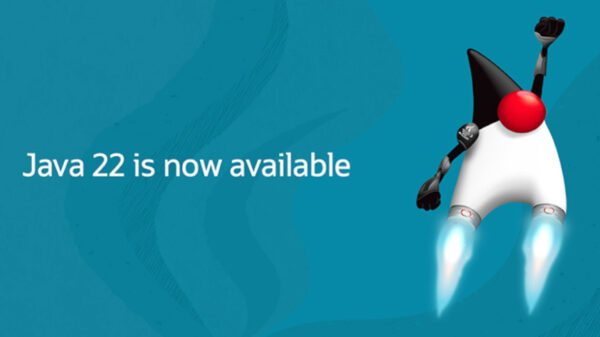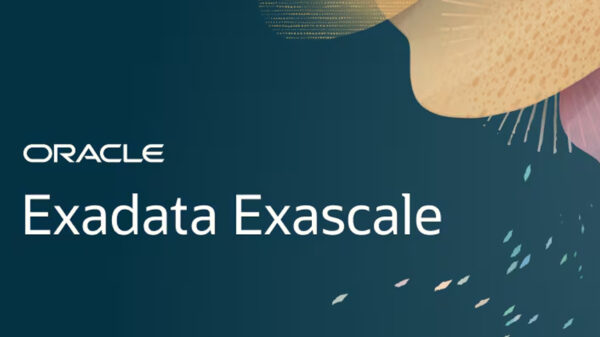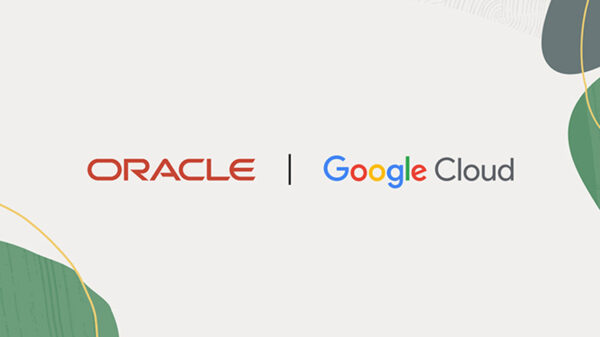By Anna Tan
Head of Applications at Oracle Philippines
According to the EY CEO Imperative Study 2019, digital transformation and innovation are the top new C-suite capabilities critical to continued growth. This means every decision counts. All members of the C-suite, from the CTO to the heads of HR and Finance – should turn their attention to the beating heart of their organization – its key business processes.
Crucial functions – from HR to procurement – have often been confined to on-premise data centres. Yet, as the speed of change and organizational demands increase, this way of doing things is becoming more challenging. If the C-Suite is determined to make the most transformative and positive change in a limited time frame, it should be to elevate their back office to the cloud.
Reaching the cloud
On-premise ERP systems have increased efficiency and ROI while improving operational oversight. Yet will this be enough a year from now? At a time of constant change, new business models need to be adopted quickly for a company to remain relevant in its industry.
It’s a real challenge to do this based on a system fine-tuned to meet outdated needs. Siloed systems are slow and laborious to update and can’t be scaled up or down as needed.
By contrast, the main advantage of a cloud-based system is its scalability and flexibility. Unbound by the restraints of on-premise systems, capacity can be scaled up and down quickly as needed. Updates are made once by the platform provider and roll out as one across all processes.
With all your data in one place, it’s also much easier to coordinate and evolve as a business. A cloud-enabled back office creates intersection points where the different lines of business can collaborate. With the same pool of shared insight, HR and Finance can expand their outlook and perform roles that add more value to the business, like budgeting for new staff and performing what-if analysis on the impact of expanding the team.
To date, several businesses in the Philippines have already fully embraced cloud technology. One of the leading construction companies in the country, Engineering Equipment, Inc. (EEI) Corporation has implemented Oracle ERP Cloud EEI now has timely information on the costs of thousands of activities within every project. Management can compare the budget to actual spend and it has visibility into the entire procurement process. The company can likewise gain detailed financial insights into its complex projects around the world. It now takes EEI just five minutes to run its quarterly consolidated financial statement — a process that used to take 20 days.
Another Philippines company, QuadX, which specializes in cross-border digital logistics and e-commerce payment processing, has implemented Oracle ERP Cloud in its digital infrastructure. The company aims to bring its growing number of financial transactions across the different users of its platforms onto a common, single enterprise solution for all their financial transactions to enable accurate and quick business decision making. Previously, decisions on operations and management were made from manual integration to their internal operating systems. Rolling out a unified ERP platform delivers transparency and enables the company to scale its business significantly.
Time waits for no one
Organizations that choose to take the cloud route could see shorter, less costly implementation periods. Yet there’s always an element of risk. Consider German supermarket giant Lidl, which allegedly invested heavily in migrating to a new inventory management system that was quickly scrapped.
Sometimes there are bumps along the road. With CxOs changing roles so often, a key stakeholder can leave an implementation partway, putting a project back months or even years. The longer a project lasts the more chances there are for failure to creep in.
An automated migration solution may help core systems reach the cloud faster, for less. These tools automate many of the processes where human error or dependency can delay a project. They drastically reduce the chances of failure and help an organization get its system up and running and generating value much sooner.
When combined with machine learning capabilities, migration tools have further benefits. Capturing data points from previous implementations, these tools are able to learn, respond and adapt to ensure the smoothest implementation possible. Instead of relying solely on the experience of your IT team, you benefit from the lessons of thousands of successful implementations.
Beyond the cloud
No IT transformation is ever painless. Yet when done correctly the benefits will likely quickly outweigh the disruption. By moving its core business processes to the cloud, an organization can face disruption head on with the latest tools and technologies. It’s an emphatic way for a CxO to leave their mark and ensure the business is ready for the future.






















































































































